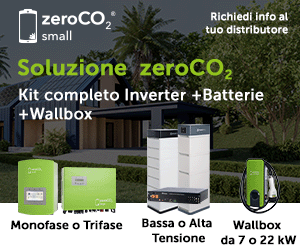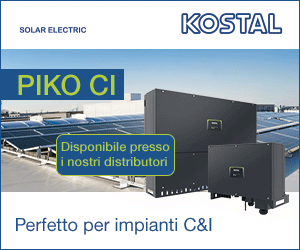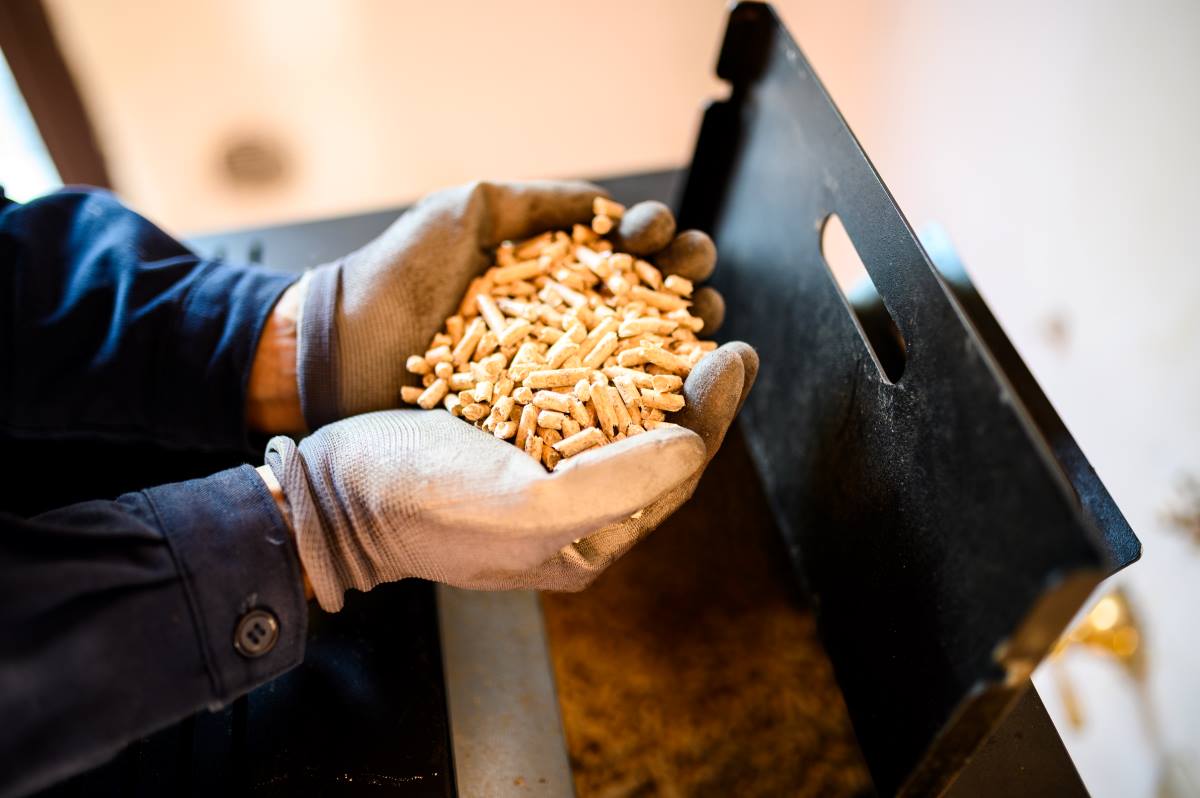Replacing asbestos cement structures with photovoltaic systems using the 10% premium provided under the new 2011 conto energia incentive scheme: an initiative that offers, on the one hand, environmental and medical advantages, and, on the other, energy improvements. In addition, such operation can bring economic and occupational benefits. We are talking about the “Provincia Eternit Free” project promoted by AzzeroCO2 and Legambiente and presented in Rome at the end of last September.
In Italy, asbestos keeps causing casualties. It is estimated that about 2000 deaths per year (other estimates report 4000 deaths) are caused by this material, which has been used profusely for over 40 years to produce the asbestos-cement mix used for insulating buildings, roofs, boats, and trains. It has also been adopted as building material for tiles, floors, pipes, paint, flues, water tanks, as well as cars and many other applications. Asbestos is everywhere in Italy, one of its main producers in the world.
According to some regional censuses, asbestos cement surfaces in Italy could be as wide as 100 million square meters, plus 600thousand cubic meters of brittle asbestos. But the size of the problem could be way larger. CNR and Ispesl speak about 32 million tons of asbestos. Italian law no. 257 of 1992 has banned this material, but after 18 years no Region has yet completed the mapping, and the special dumps for disposing of asbestos waste are still few.
Reclaiming and disposing of asbestos structures is expensive (about 15-35 € per sqm), but sooner or later it has to be done. Replacing these structures with PV systems is one of the solutions that better meets such difficulty. The “Provincia Eternit Free” project, promoted by AzzeroCO2 and Legambiente, mainly aims at informing people about the problem and creating an opportunity to implement a programme that combines the promotion of solar energy, asbestos reclamation, and a reduction in electricity bills for those who join the initiative.
The current solar conto energia provides for an increase in the incentive by 5% – which can also be combined with the premium offered for the systems that ensure an efficient use of energy. According to the figures provided by the GSE, the PV systems that have replaced asbestos cement structures this far amount to almost 100 MW of power, for a total surface of 925thousand sqm, half of which ranging between 20 and 200 kWp. Lombardy, Emilia Romagna and Piedmont are the regions where these types of system are most widespread.
The new conto energia scheme (MD 06/08/2010), which will be effective as of 1st January 2011, for photovoltaic systems replacing asbestos cement or asbestos-containing structures, provides a 10% increase in the tariff (see new tariffs). In this case, though, the premium cannot be combined with other incentives and cannot be applied to built-in photovoltaic systems with innovative features.
For example, if we apply the 10% premium to a system replacing asbestos cement, calculating an average incentive value of 0.341 € for systems ranging from 200 to 1,000 kW, to be used in the middle months of 2011:
1. Surface replacement cost: 15-30 €/sqm
2. Surface of asbestos cement roof to be replaced: 1,000 sqm
3. Total replacement cost: 15,000-30,000 €
4. Photovoltaic power to be installed: 100 kW
5. Extra incentive for asbestos cement: 3.4 €cent/kWh
6. Energy produced on average in Italy: 120,000 kWh
7. Annual extravalue: 4,400 €/year for 20 years
Therefore, replacing an asbestos cement roof with a PV system, yields on an average 4,400 € per year and, as a result, 88,000 € in 20 years, that is the duration of the incentive scheme.
What is the “Provincia Eternit Free” project about then? This initiative, or rather campaign, that has already been joined by several Provincial authorities, is directed to all companies and public bodies, as well as all those who own a warehouse or roof whose surface is appropriate to perform the replacement, with the coordination and assistance of AzzeroCO2.
As explained by Mario Gamberale, CEO of AzzeroCO2 and one of the devisers of the project, “those who have a warehouse can receive information on the companies qualified for the reclamation and proceed autonomously, or they can ask AzzeroCO2 to take care of the design, the authorisation procedure, the choice of the installing company, and even the management of financial aspects; or, finally, they can choose to grant their building lease in exchange for a free replacement of the asbestos cement structure”.
Asbestos cement removal companies can join the campaign by entering their name under the lists that can be found on the AzzeroCO2 website, and so can the companies that work in the PV sector. Professional organisations, Confindustria, CNA and Confartigianato, as well as local bodies, can play a fundamental role, especially at local level. The Provincial authority can sponsor and promote the campaign, and involve municipalities and local entrepreneurs, inviting them to join the initiative. Besides facilitating the authorisation procedure, the municipalities that join the initiative also should help identify the companies with buildings to be reclaimed.
Legambiente and its organisations shall work at local level, providing companies and municipalities with detailed information; in addition, the association shall ensure that all asbestos disposal operations are carried out correctly.
Structures smaller than 1000 sqm allow the possibility to join purchasing groups for buying photovoltaic modules at lower prices, and also receive special subsidised loans for medium and small systems from banks, and, finally, receive technical and regulatory consultancy and have the system designed.
Public bodies or municipalities may as well be guided in the assessment of the technical and economic feasibility of the operation and in the public procedure of granting the building lease, as well as the planning of the operation and the design of the PV system.
How to remove asbestos and replace it with photovoltaic systems
CATEGORIE:
Replacing asbestos cement structures with photovoltaic systems using the 10% premium provided under the new 2011 conto energia incentive scheme. An initiative called "Provincia Eternit Free", a project promoted by AzzeroCO2 and Legambiente.
Potrebbero interessarti



























.gif)








